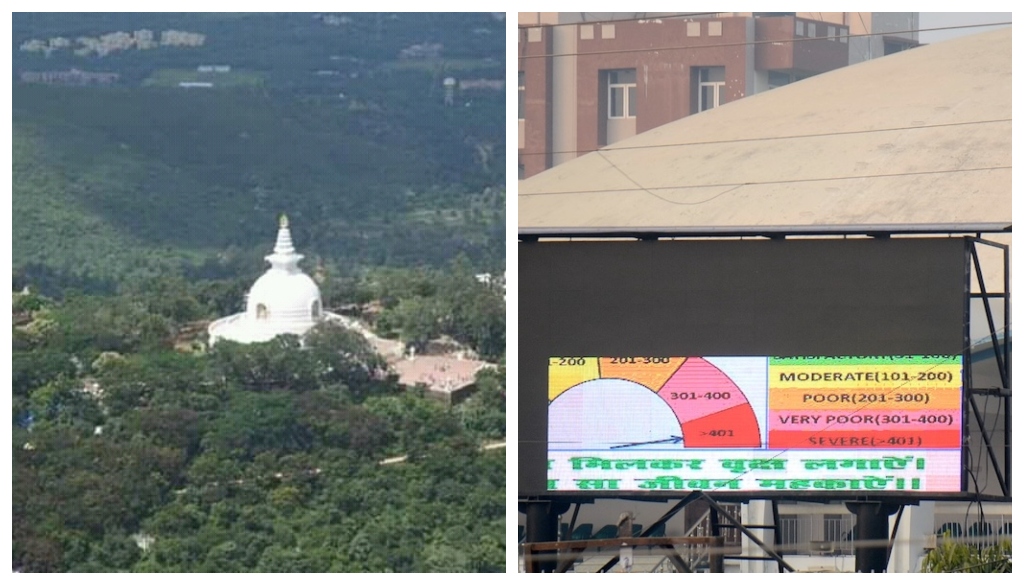
Patna: Rajgir, a popular hill town and tourist destination, recorded the highest air pollution level in Bihar over the past 24 hours with an Air Quality Index (AQI) of 224, placing it in the ‘poor’ category, according to the Central Pollution Control Board (CPCB). Kishanganj, located in north-eastern Bihar, followed closely with an AQI of 209, also categorised as poor.
Patna, the state capital, witnessed a noticeable decline in air quality, slipping from an AQI of 93 on Wednesday to 124 on Thursday—moving from the ‘satisfactory’ to the ‘moderate’ category. In Gaya, a prominent Buddhist centre, the AQI rose modestly from 64 to 85, remaining within the satisfactory range.
Other cities, including Ara (109), Muzaffarpur (130), and Aurangabad (136), reported moderate levels of air pollution. The industrial town of Begusarai registered an AQI of 171, while Hajipur, located adjacent to Patna, stood at 173—both in the moderate category. Chhapra reported an AQI of 85, classified as moderate, and Bhagalpur recorded 100, at the upper end of the satisfactory category.
The CPCB’s AQI scale ranges from 0 to 500, with readings above 200 marked as poor or worse. Long-term exposure to air in the ‘very poor’ or ‘severe’ categories poses significant health risks, including respiratory ailments, even among otherwise healthy individuals.
In Bihar’s urban centres, PM2.5—microscopic particles smaller than 2.5 microns—continues to be the most prevalent pollutant. These fine particles can penetrate deep into the respiratory system and bloodstream, contributing to a range of health issues including asthma, cardiovascular diseases, and developmental problems in children.





